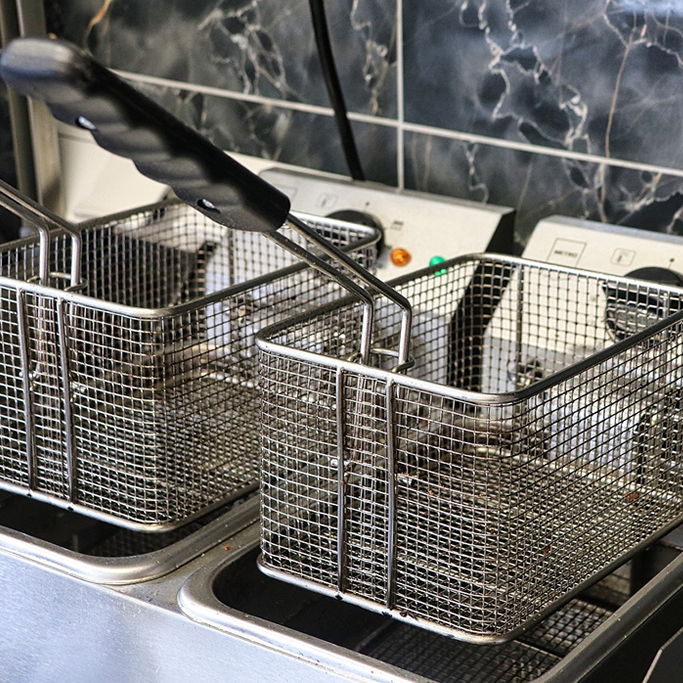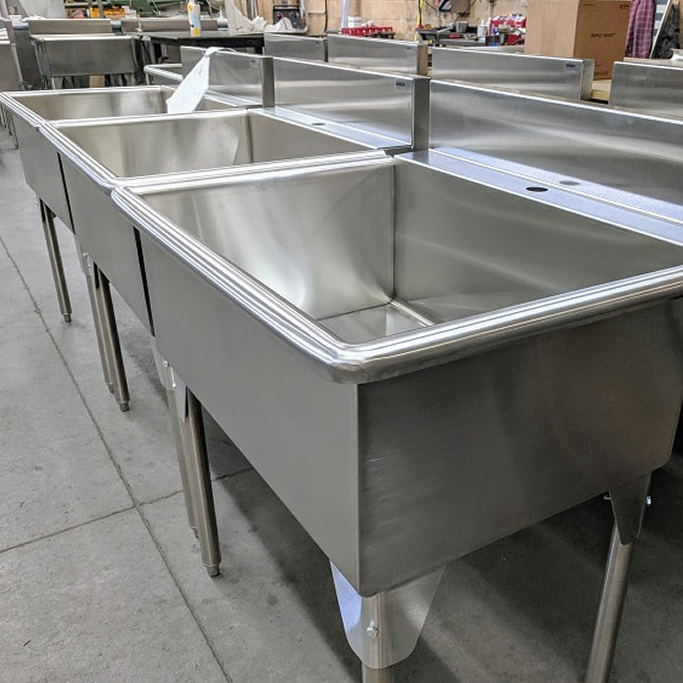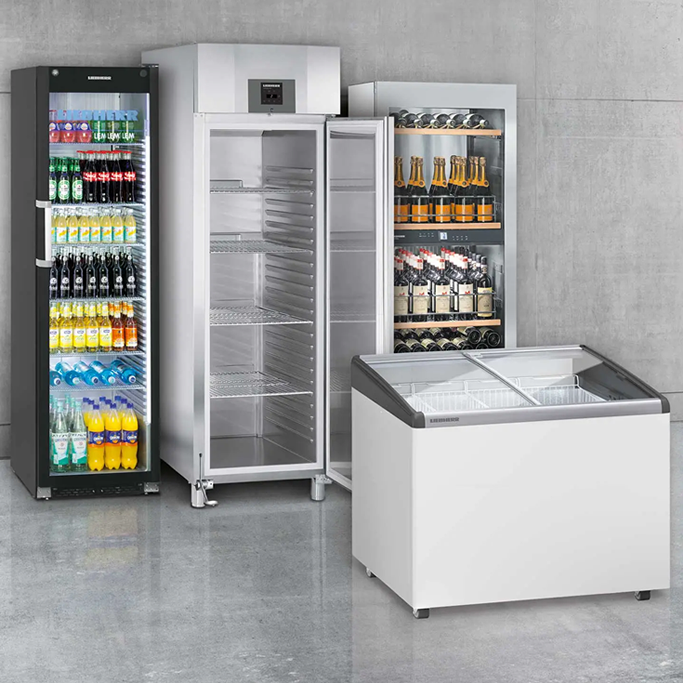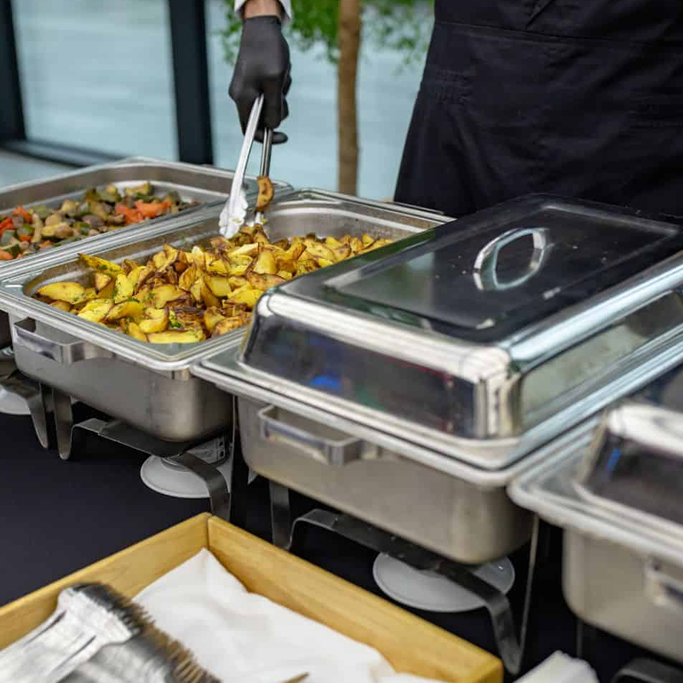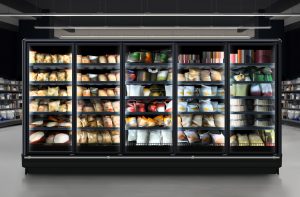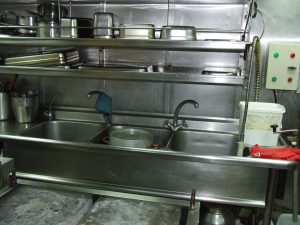Deep frying is not just about cooking food in hot oil; it involves the fascinating science behind the Maillard reaction and oil temperature. In this blog post, we will explore the science behind deep frying and how understanding the Maillard reaction and oil temperature can help you achieve perfect results every time.

The Maillard Reaction
The Maillard reaction is a chemical reaction that occurs when proteins and carbohydrates are exposed to high heat, resulting in the browning and flavor development of food.
When food is deep-fried, the high temperature of the oil triggers the Maillard reaction, creating delicious aromas, flavors, and a golden-brown crust on the exterior of the food.
Understanding the Maillard reaction can help you control the cooking process, achieve the desired browning, and enhance the flavor profile of your deep-fried dishes.
The temperature of the oil plays a crucial role in deep frying, as it affects both the cooking time and the quality of the fried food. Different types of food require different oil temperatures for optimal frying. For example, delicate foods like seafood may require lower temperatures, while sturdier items like french fries may need higher temperatures.
Maintaining the right oil temperature is essential to achieve a crispy exterior and a fully cooked interior. Too low of a temperature can result in greasy, soggy food, while too high of a temperature can lead to burnt or undercooked food.
- Use a thermometer to monitor the oil temperature accurately and adjust it as needed.
- Preheat the oil to the recommended temperature before adding the food.
- Avoid overcrowding the fryer, as it can lower the oil temperature and result in uneven cooking.
- Use a slotted spoon or a frying basket to safely lower and remove the food from the hot oil.
- Allow the fried food to drain on a paper towel to remove excess oil.
Understanding the science behind deep frying, specifically the Maillard reaction and oil temperature, can elevate your cooking skills and help you achieve perfectly fried dishes every time. By controlling the oil temperature and monitoring the Maillard reaction, you can create deliciously crispy and flavorful deep-fried treats that will leave everyone wanting more. Experiment with different temperatures and ingredients to discover your favorite combinations and take your deep frying to a whole new level.

